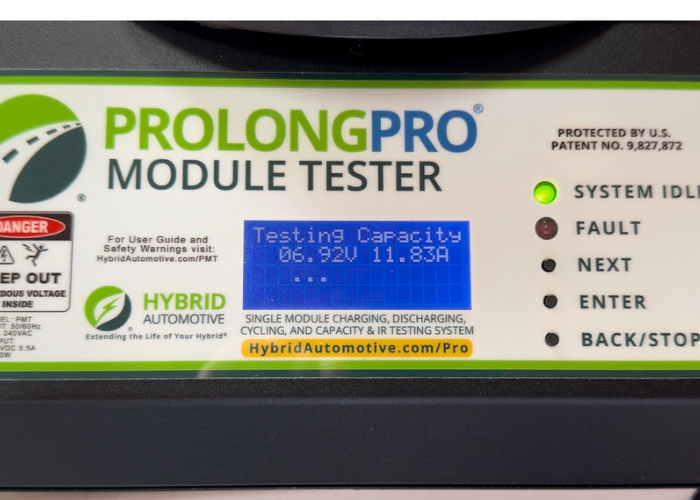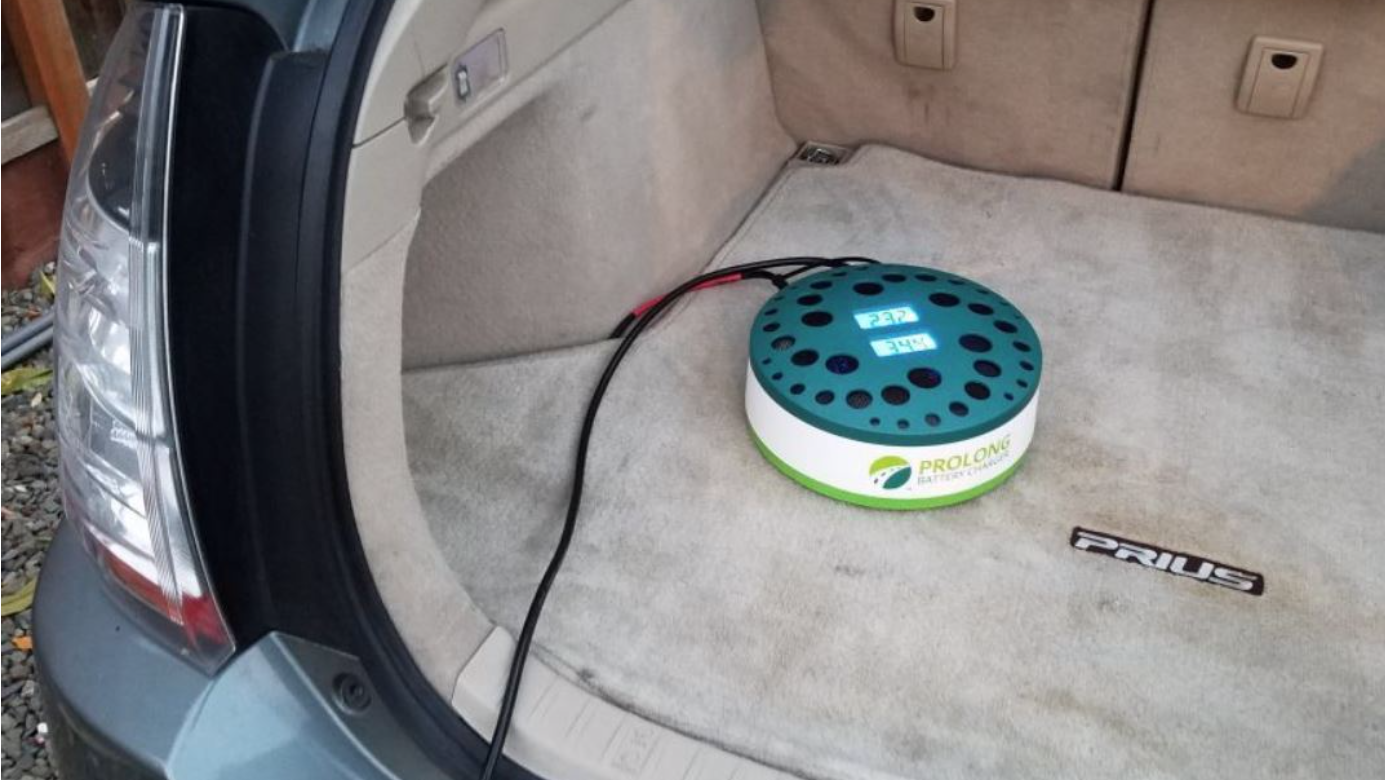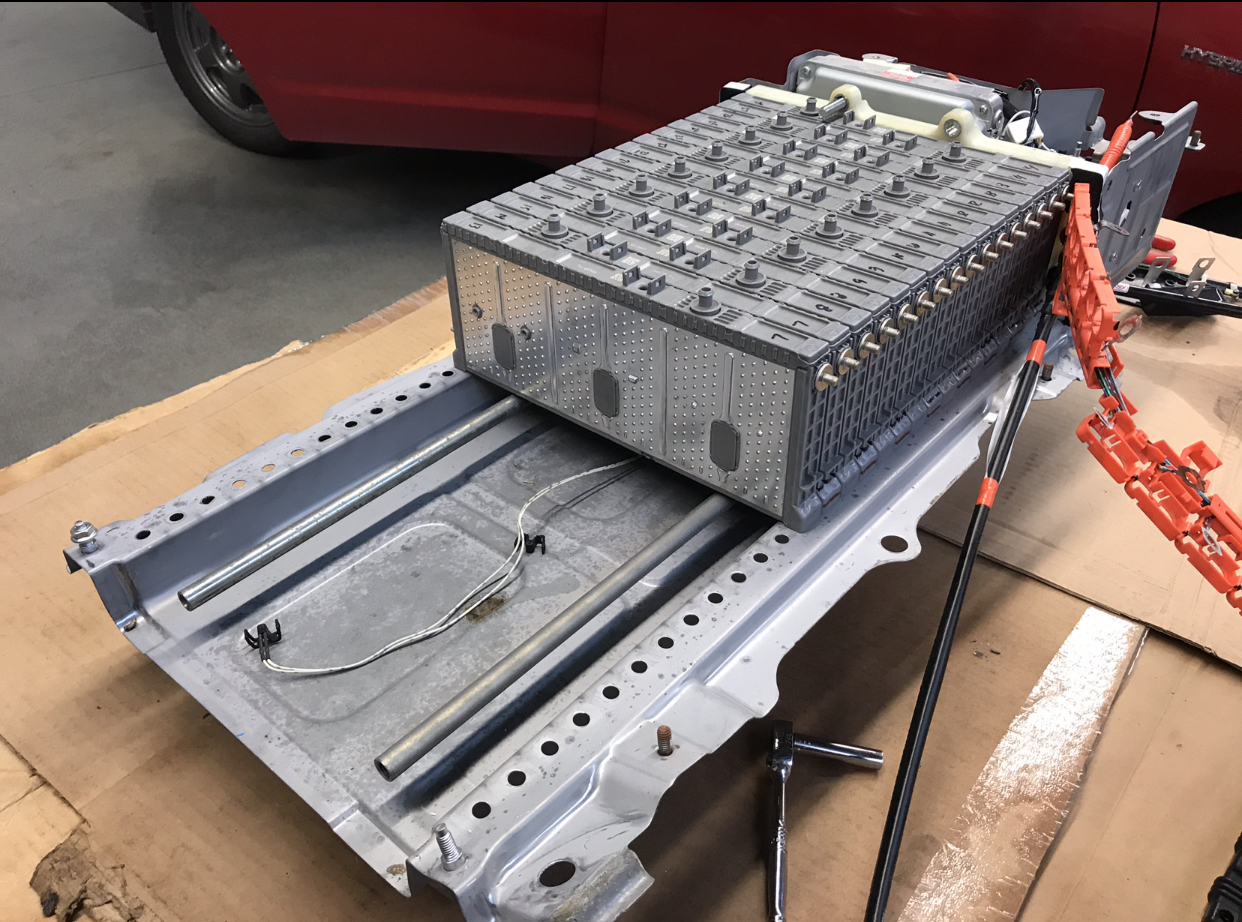
Breathe new life into your hybrid battery! Dive into the hows and whys of battery failures and discover the tools and tricks for successful DIY restoration.
Posted: August 31, 2023 - 7:00PM
Follow us today.
The Rise of the Hybrid and Its Achilles' Heel (sort of)
Hybrid vehicles have taken the world by storm. Their eco-friendly nature and fuel efficiency make them an attractive choice for many. However, like all machines, they come with their own set of challenges. Central to these challenges is the hybrid battery - the heart of the vehicle. Over time, these batteries can degrade, leading to decreased performance and, eventually, failure.
Do not let this discourage you from owning a hybrid. Battery failure and replacement are very commonplace and more affordable now.
Worst case scenario, you put a new battery in it and drive it for another 15 years. But if you want to know how to recondition your battery and have the time (a significant factor here), then look at these helpful points to determine if battery repair is right for you.
Why Do Hybrid Batteries Fail?
The core reason for the hybrid battery decline is often related to individual modules within the battery pack. Each battery consists of multiple modules, and the health of each module is essential for optimal overall performance. Over time, factors like electrode degradation, crystalline formations, or electrolyte loss can increase internal resistance and reduce the module's efficiency.
All of these happen to your battery. If you are looking for something with less degradation over time, consider the Nexpower Lithium modules as a better replacement.
DIY Reconditioning: What You Need to Know
If you're keen on reviving your battery, understanding the critical indicators of battery health is crucial:
Voltage Stability
A healthy module will have a voltage between 7.2V and 7.8V. A typical voltage drop should be within 0.2V to 0.3V during a load test. Anything beyond a 0.5V drop might indicate a weakening module.
Internal Resistance
Newer modules generally showcase an internal resistance between 2.5 to 4 mΩ (milliohms). As they age, this may climb up to 6 mΩ. However, if you see values exceeding 10 mΩ, you might look at a module past its prime.
Equipment and Tools
For a successful DIY restoration, reliable equipment is a must. Companies like Hybrid Automotive offer the 'Prolong' series of battery reconditioning tools tailored to hobbyists and professionals.

It would help if you also had a DMM (Digital Multi Meter). I use a Fluke 88-V, a premium meter that ensures accuracy.
But if you do not, you can most likely get by with a cheaper version, just don't be mad if your meter did not get you the results you needed.
Testing and Recording
Consistent monitoring is critical. Use a multimeter to measure voltages and a specialized tool or battery analyzer to check internal resistance. Record these values, tracking the health of each module over time.
Prolong equipment can be reasonably priced, and the lightbulb discharger is an economical way to load test each module.

You will want to get a battery charger (plenty of good hobby chargers are available) to ensure the battery is fully charged before you start the load test.
Knowing how to do this step is crucial in finding the weak link in your battery. So, a good setup is worth its weight in gold.
When to Replace a Module
If, after reconditioning, a module consistently showcases high internal resistance, substantial voltage drop, or doesn't hold its charge well, it's time to consider a replacement.
Again, voltage drops on prismatic modules should not exceed 0.2-0.3 volts. Anything more than that, and the battery modules are suspect.

You will want to get a replacement module(s) close to the same internal resistance voltage and have a similar voltage drop to the rest of the pack. Having similar module(s) will help the pack stay in balance and perform equally, which is needed for best performance.
A Helping Hand
Embarking on a DIY journey can be daunting, but you're not alone. Check out 'The Hybrid Guy' on YouTube for in-depth tutorials, tips, and guidance. This channel provides a treasure trove of information for hybrid enthusiasts.
I am also available online to help with any questions you may have if you decide to embark on this journey. It has been walked by many, so do not venture alone. I am here to help.
Conclusion
Tending to a hybrid battery is a monumental task. Still, with the right tools, knowledge, and guidance, it's an achievable endeavor. By understanding the signs of degradation and employing effective reconditioning techniques, you can extend your hybrid battery's lifespan and enjoy more eco-friendly rides. Remember, every restoration journey is a step towards a greener future.
Thank you for embarking on this journey with us. Together, let's continue exploring, discovering, and unlocking new horizons. Stay tuned for more captivating content to fuel your curiosity and inspire your imagination.
We appreciate your readership and look forward to you joining us on our next adventure. Until then, keep dreaming, reading, and coming back for more!
A recent video tweet by a famous Tesla blogger from China claims that this new Tesla store in Chongqing, China, is the best in the world. The video of the store is going viral.
The store, which is located in the Chongqing-JIEFANGBEI Starlight Plaza, features a 3D ground painting that combines the Tesla Gigafactory Shanghai and Chongqing landmarks.
Peter Neilson is an automotive consultant specializing in electric cars and hybrid battery technologies. He holds a Bachelor of Science in Automotive Service Technology from Weber State University. Peter can be reached on Linkedin and you can tweet him at The_hybrid_guy on Twitter. Find his page on Facebook at Certified Auto Consulting. Read more of Peter's stories at Toyota news coverage on Torque News. Search Toyota Prius Torque News for more in-depth Prius coverage from our reporter.